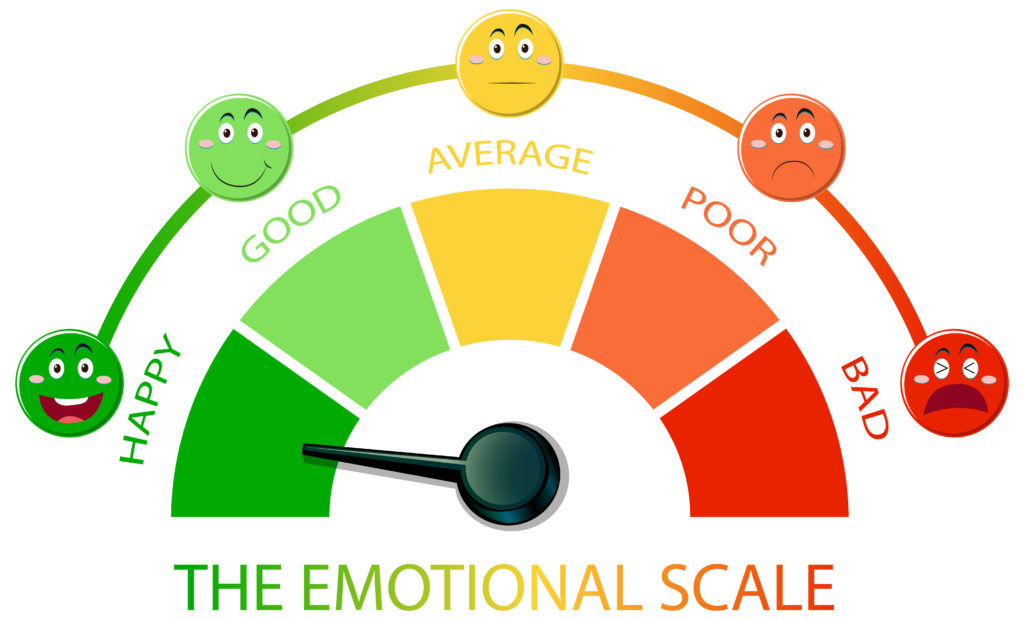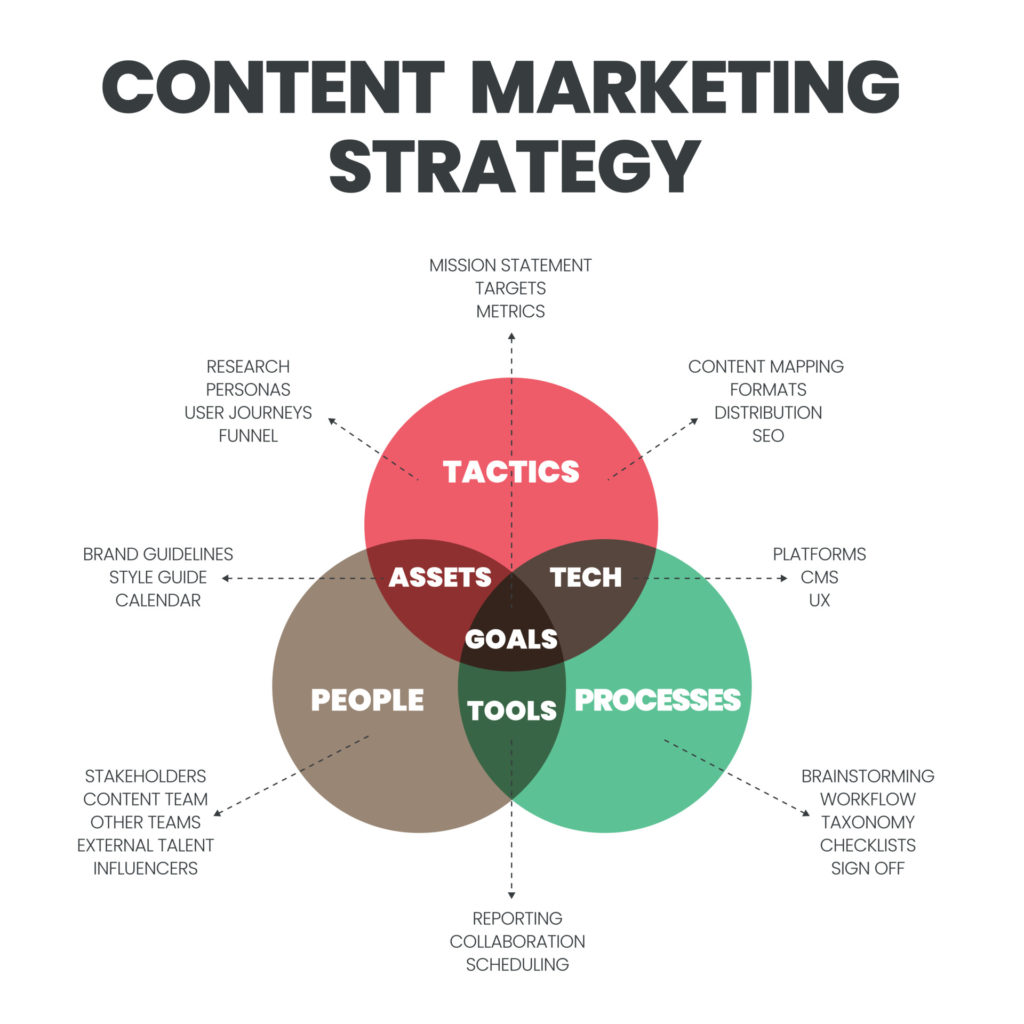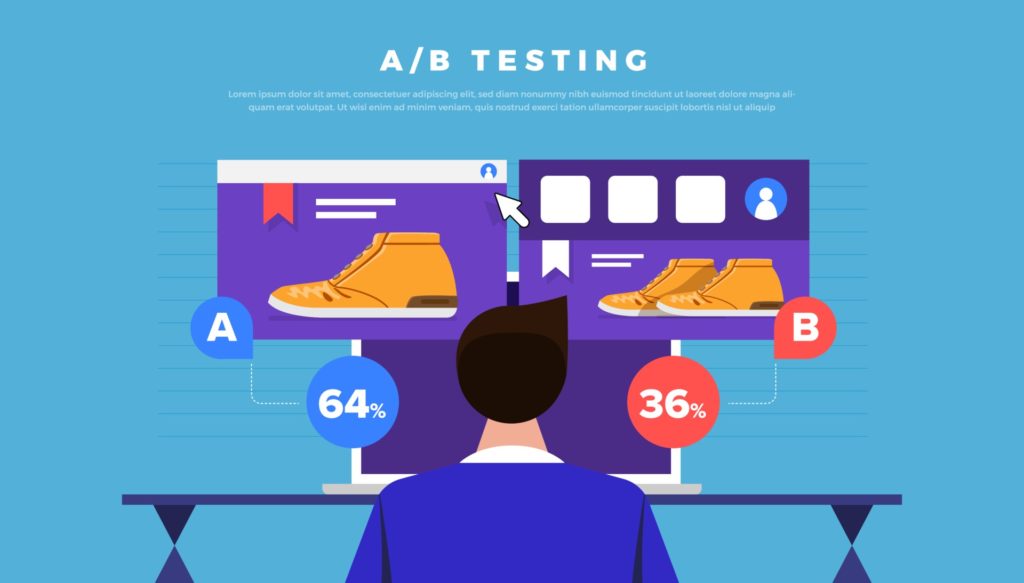
The Importance of Blog Analytics: Tracking and Optimizing Performance
Blog analytics provide valuable insights into the performance of your blog, allowing you to understand how your content is being received, measure your success, and make data-driven decisions. By tracking and analyzing key metrics, you can optimize your blog’s performance, improve user experience, and achieve your goals. In this article, we will explore the importance of blog analytics and how you can effectively track and optimize your blog’s performance.
1. Measure Key Performance Indicators (KPIs):
Identify the key performance indicators (KPIs) that align with your blog’s goals. These may include metrics like page views, unique visitors, bounce rate, time on page, conversion rate, or social media engagement. Determine which metrics are most relevant to your objectives and track them consistently.

2. Use Web Analytics Tools:

Utilize web analytics tools, such as Google Analytics, to gather data about your blog’s performance. Set up tracking codes on your website to collect valuable information on visitor behavior, traffic sources, and user demographics. Explore the various reports and metrics available to gain insights into your audience’s interactions with your blog.
3. Understand Audience Behavior:
Analyze your blog’s audience behavior to understand their preferences, interests, and browsing patterns. Look at metrics like popular pages, average time spent on page, exit rates, or click-through rates. This information can help you identify which content resonates most with your audience and optimize your strategy accordingly.
Quotes | Affirmations | Aspirations
“What we are today comes from our thoughts of yesterday, and our present thoughts build our life of tomorrow. Our life is the creation of our mind.”
- Buddha
4. Refine Content Strategy:
Review your blog’s analytics to assess the performance of your content. Identify the topics, formats, or types of articles that generate the most engagement, shares, or conversions. Use this data to refine your content strategy and create more of the content that resonates with your audience.

5. Optimize User Experience:
Analyze metrics related to user experience, such as page load times, bounce rates, or mobile responsiveness. Optimize your blog’s design, navigation, and functionality to provide a seamless and enjoyable user experience. Identify areas for improvement and make necessary adjustments to keep visitors engaged and encourage them to explore further.

6. Track Traffic Sources:

Monitor the sources of your blog’s traffic to understand where your audience is coming from. Analyze the effectiveness of different marketing channels, such as organic search, social media, referrals, or email campaigns. This knowledge helps you allocate resources effectively and focus on channels that drive the most traffic and conversions.
7. Conversion Tracking:
Set up conversion tracking to measure the actions you want your audience to take, such as subscribing to your newsletter, making a purchase, or filling out a contact form. Track the conversion rates and identify any bottlenecks in your conversion funnel. Make data-driven optimizations to improve your conversion rates.
- Catch Up On Our Latest Post -
Building an Effective Sales Funnel for Your Blog
A well-designed sales funnel is essential for converting blog visitors into engaged subscribers, customers, or clients. It helps guide them through the customer journey, nurturing their interest and eventually leading to conversions. Keep reading…
Diversifying Your Income Streams: Exploring Multiple Blog Monetization Strategies
Relying solely on one income stream can limit your blog’s earning potential and leave you vulnerable to fluctuations in the market. Diversifying your income streams is a smart approach to ensure long-term sustainability and maximize your blog’s monetization potential. Keep reading…
8. Monitor Social Media Engagement:
Integrate social media analytics with your blog analytics to track social media engagement. Measure metrics like likes, shares, comments, or click-through rates on social media posts that link to your blog. Understand which social media platforms and content types generate the most engagement and adapt your social media strategy accordingly.
9. A/B Testing:

Utilize A/B testing to compare different versions of your blog’s elements, such as headlines, call-to-action buttons, layouts, or colors. Measure the impact of these variations on user engagement, conversions, or bounce rates. Implement the winning variations to optimize your blog’s performance.
10. Continuously Analyze and Adapt:
Regularly review your blog’s analytics and track the progress of your key metrics. Analyze trends over time and make data-driven decisions to optimize your blog’s performance. Keep up with industry changes, stay informed about new analytics features, and adapt your strategy to stay ahead of the curve.
Conclusion:
Blog analytics are vital for tracking and optimizing the performance of your blog. By leveraging web analytics tools, understanding audience behavior, refining your content strategy, optimizing user experience, tracking traffic sources, monitoring social media engagement, implementing conversion tracking, conducting A/B testing, and continuously analyzing and adapting, you can make informed decisions that improve your blog’s performance and drive better results. Embrace the power of blog analytics as a guide to understanding your audience, optimizing your content, and achieving your blogging goals. By harnessing the insights provided by analytics, you can take your blog to new heights of success and create a valuable and engaging experience for your audience. Remember, continuous monitoring and optimization based on data-driven insights are key to keeping your blog at the forefront of performance and ensuring its long-term growth.





